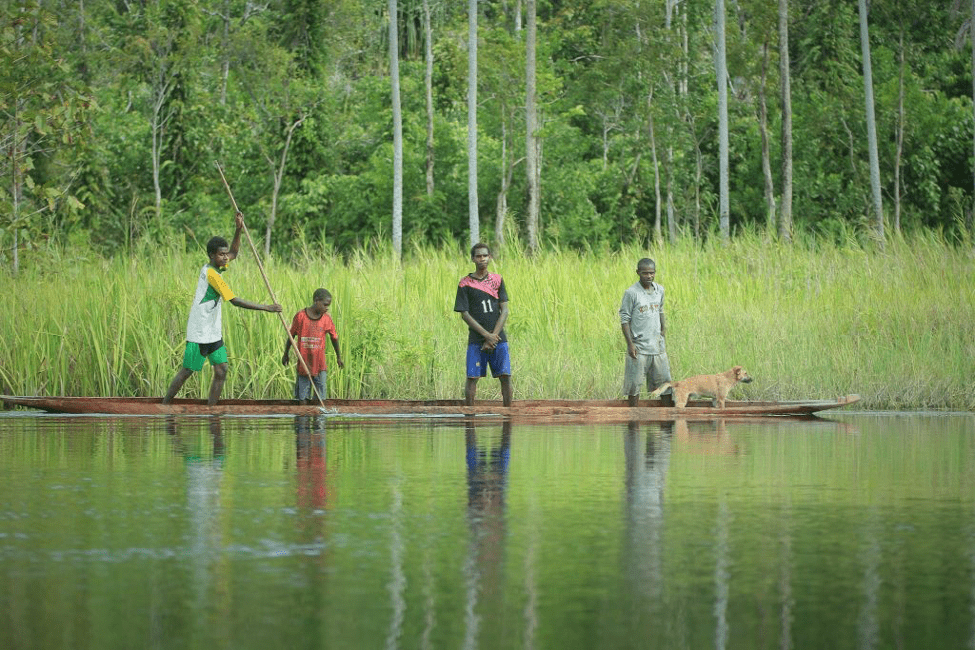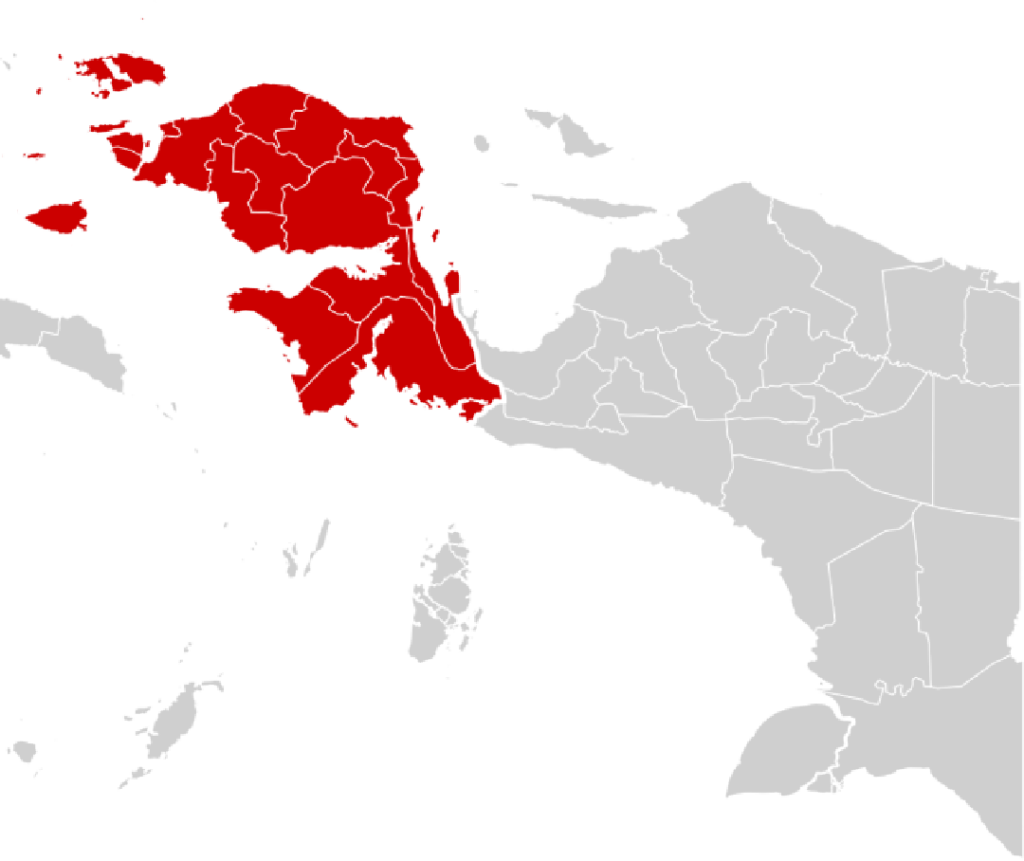South Papua – Bumi Cendrawasih is a peat paradise in Indonesia. The Ministry of Environment and Forestry (KLHK) noted that as of December 2018, Indonesia’s easternmost island has up to 6,595,157 hectares (ha) of peatland. The peatland area in Papua is 25 percent of the total 24,667,804 ha of peat wealth in the country.
Papua Province alone has a peatland stock of 5.05 million ha and another 1.4 million ha in West Papua. As much as 95 percent of peatlands in Papua Province are still in natural condition. This is a hidden treasure to be proud of.
One of the keys to reducing the impact of peatland fires in Papua is the involvement of traditional leaders to remind residents of the dangers of burning land. Together with non-governmental organization Kemitraan, BRG established Peat Care Villages (DPG) in Merauke Regency and Mappi Regency, in the south of Papua.
Strengthening the process of institutionalizing village governance as mandated by Law No. 6/2014 on Villages was introduced by adapting cultural and customary approaches based on clan collectivism. This is done in both indigenous and transmigrant villages to encourage natural resource management issues.
For example, the protection of Sago Hamlets and forest areas as part of the community’s living space, the utilization of non-timber forest products. In addition, there is also water management and strengthening of local livelihoods based on peatlands or swamps in the process of village planning and drafting village regulations with nuances of local wisdom, including the application of customary sanctions. This then became the basis for the establishment of DPG.
Timotius Balagaize, Head of Kaliki Village in Kurik District, Merauke Regency, said that the Marind Tribe is an indigenous community that lives in an area of 32,530 ha, almost all of which is covered by 1 meter thick hoom. Hoom is another name for peat for the Marind tribe, which means shaky ground. A total of 126 households or 500 Marind people live in Kaliki.
The hoom land is cultivated by clans in the Marind Tribe such as Gebze, Ndiken, Basik-Basik, Balagaize, and Mahuse. They protect, care for and restore the peat because the ecosystem is their livelihood. For generations, they have hunted and caught fish in the peat swamp.
Almost the entire landscape of Kaliki Village is managed by the Marind Tribe with local wisdom. They classify peatlands into om (deep peat swamp), oggnab (shallow peat swamp) and watar (floating peat swamp).
He said that peat swamps are still untreated in his area. The community still does not have the knowledge to manage this peat for the future. Only recently have they opened agricultural land and plantations including sago.
He hopes that what the Marind community has done with all their awareness to preserve the peat ecosystem can also be transmitted to other areas.


